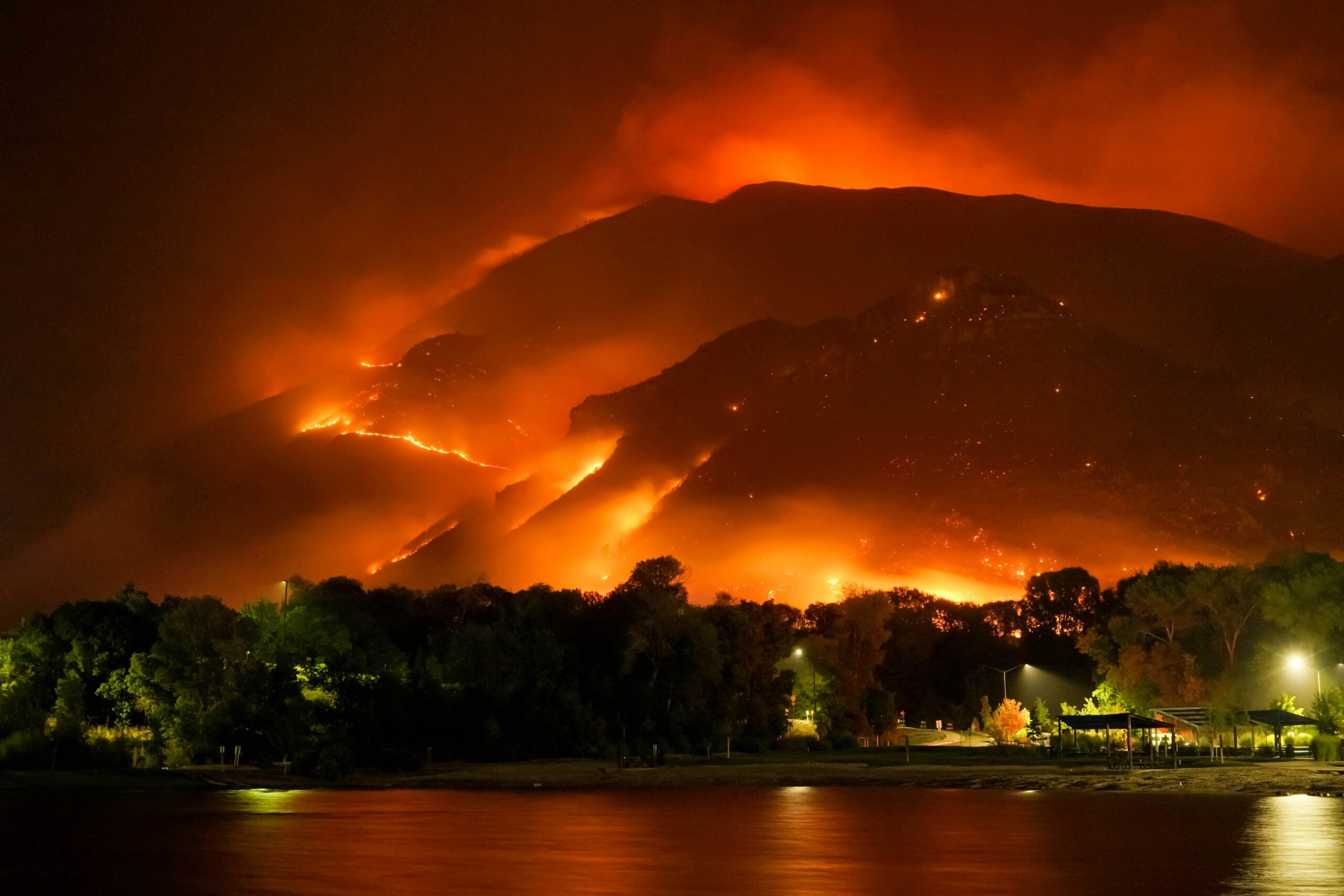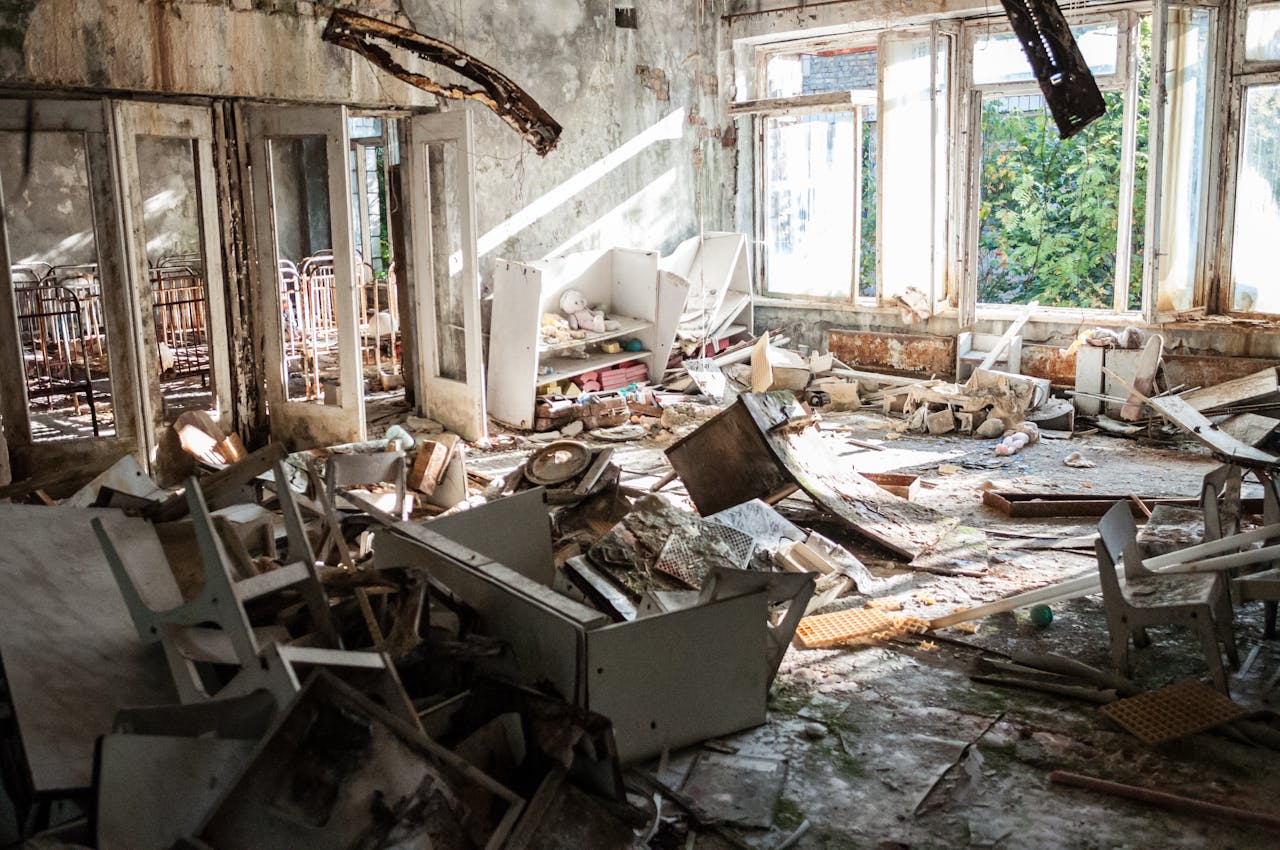

Earth Day 2019 – Building the Future We Want




By Frank Came and William Larson
It’s not the climate that’s changing, it’s the weather.
PNBRCoalition, April 22, 2019 – Whether you do or do not believe in climate change, there is no doubt weather patterns are changing and extreme weather events – forest fires, floods, freezing temperatures, and violent wind storms – have caused hundreds of billions of dollars damage, have destroyed communities, and have taken lives across the nation.
Opinions are divided over the extent to which global warming has contributed to changing weather patterns, but one thing is quite clear. To quote the old tee-shirt expression, ‘the future ain’t what it used to be’.
That reality could become the defining imperative for the industries that design and build our cities and towns, and for those who create the associated infrastructure that sustains our economy and our way of life.
Simply put, we have to build for a future that will be far different from the conditions that shaped how we built our homes and buildings even a generation ago.
The inescapable reality is that ocean levels are rising, average temperatures are higher, rain patterns and associated groundwater conditions have changed, which in turn has seriously affected agriculture and food production systems, and forest fires have become more frequent and far more deadly.
It’s not a pretty picture and coupled with increased demand for affordable housing, which can lead to lowest-cost and most-expedient construction practices, poor choices in building materials, and construction in areas at risk to ‘natural’ disasters, it is apparent that too little attention is being paid to planning for resiliency.
Evan Reis, Executive Director and co-founder of the U.S. Resiliency Council notes that the difference between catastrophic disaster and manageable recovery is leadership.
In a keynote address at the 2018 Summit of the Pacific Northwest Economic Region in Spokane, Washington, he stated “There’s a difference between leaders who focus on immediate concerns, the chronic concerns of the region, and those who focus on the long-term, the acute stresses or shocks that may not even happen in their lifetimes. The former leaders may win the votes, but it is the latter leaders who will be remembered for their foresight and courage.”
Reis and others have noted a growing awareness of the need for more climate-related risk-reduction city planning if only allay the anguish of homeowners (voters) demanding change or compensation for damages they incurred from exposure to risks they did not know of or anticipated.
But as often is the case, some vested interests are seeking to capitalize on the need for greater risk reduction planning or more climate-friendly building. Accelerated timber harvesting to reduce fuel for forest fires is one proposal that has sparked controversy.
Greater use of forest-based building products such as mass timber is another trend that has gained currency for its supposed climate positive benefits, despite mounting evidence that such products carry an enormous carbon deficit, largely unreported in official carbon accounting practices.
Building for a much-altered future will require that far more attention be given to climate adaptive choices in building materials, construction location, architectural design, and more resilient supporting infrastructure, both physical and digital.
This means greater attention must be paid to energy efficiency and passive design; choosing building materials more resistant to water, fire or violent wind or other weather conditions; designing homes on the margins of forested areas to be less prone to incineration from cinders and firestorms; avoiding building on flood plains; and where necessary, relocating houses away from coastal areas exposed to tidal surges.
It also means that building better buildings has to become more efficient and less expensive in terms of construction time and costs. Modular construction and design-build practices, more sustainable and less carbon-intensive building materials, and greater use of new digital and automation technologies will be essential parts of the industries that will shape our cities for tomorrow.
Existing capabilities, strategies, and business models will not be sufficient to succeed. Fortunately, cross-cutting technologies that can make this possible are taking root within the industry and are reshaping how we design, engineer and construct buildings. Artificial intelligence, 3-D printing, modularization, and robotics are but a few of the innovations slowly gaining acceptance in the marketplace.
BIM methodology is progressing to allow analytical processes that will assess the sustainability and performance of a building through upfront process planning, construction, building management, operation, optimized renovation, and streamlined lifecycle assessment over time.
Coupled with this is the need to train a new generation of workers and managers more capable of building more climate resilient communities.
And of course, there will be a need for leadership at all levels of government, municipal, state and national.
Throwing money at policies and programs more suited to the past is not the answer. To echo Evan Reis’ words, we need leaders and policies for the long-term, visionaries who seek to address the shocks that may not even happen in their lifetimes.
Governments are actually well placed to stimulate the transition to a lower carbon future. Providing meaningful incentives for innovation, well-informed legislation to minimize risks, and setting far-reaching goals and stable supportive policies can make a world of difference.
It behooves us all to make today’s leaders and policymakers aware that paying greater attention now to resiliency carries major dividends in terms of costs avoided in the future, and this can translate into more votes and greater recognition of true leadership.
Our future may be changing, but it is still our future and we are the ones most able to build it and to adapt to the new realities it will bring us.
About the Authors
Frank Came is Managing Director of Globe Advisors. He was the Project Director for the Globe Advisors study on Carbon Sequestration of Forest-Based Wood Building Products completed in 2017 for the Pacific Northwest Building Resilience Coalition.
William Larson is Vice President Marketing at CalPortland. He also serves as Chairman, of the Steering Committee coordinating the development of the Pacific Northwest Building Resilience Coalition since its inception in October 2016.
MORE ABOUT THE PACIFIC NORTHWEST BUILDING RESILIENCE COALITION
Operating across British Columbia, Alberta, Washington and Oregon, the Pacific Northwest Building Resilience Coalition (PNBRC) promotes the design and construction of resilient buildings better able to resist fire and water damage, and able to withstand extreme weather impacts and disasters such as earthquakes and wildfires. For more information on the Coalition visit here.
Recent Posts
Mobilizing Resilient Design and Construction
Implementing a multifaceted strategy can motivate state and local governments to prioritize resilient design and…
Insurance Pricing: Navigating a New Era of Risk
The growing frequency and severity of climate-related disasters present a significant challenge for the insurance…
Designing for Resilience … It’s A Must
We see far too often structures built to current code that lack planning and design…
What are the Real Benefits of Designing for Resilience
While designing for resilience requires initial investments, the long-term payoffs often far outweigh these costs.…
Reducing Disaster Risks and Protecting Insurability in the Pacific Northwest
Proactive measures to enhance resilience and preparedness are critical to mitigating insurability risks. This will…
How to Achieve More Resilient Building Codes
More comprehensive disaster prevention perspectives are needed to enable communities better to withstand the increased…

